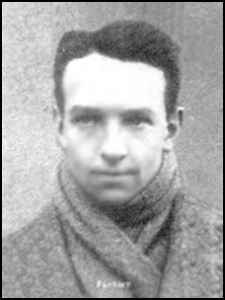
1888-1989 |
 |
|
Collection of Rolland DeRemer, 8-12-03 |
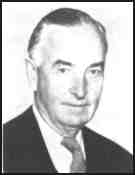 |
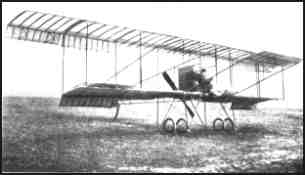 |
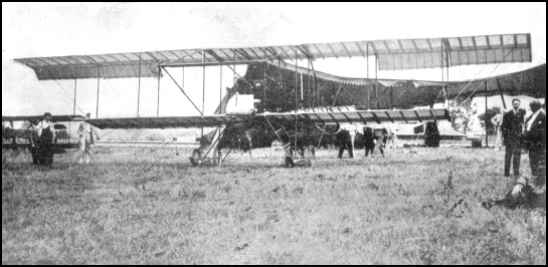 |
|
from CHIRP, June, 1937 Number 20 |
|
|
|
Pioneer air pilot, racing car driver, motorboat champion, Sir Thomas Sopwith has been famous in all three
roles. But perhaps his greatest contribution to progress has been made through aircraft designing and manufacturing, a particularly as head
of the Hawker Siddeley Group. In 1906, at 18, while auto-racing at Brookland --- which at that time was also being used as an airfield --- he became greatly interested in flying, and soon bought his first aeroplane --- a 40 h.p. Howard Wright monoplane. On October 22, 1910, he made his first flight . . . and crashed. Within a month, with a new biplane, he obtained his pilot's certificate, No. 31, and the same day took up his first passenger. Soon afterwards he commenced building biplanes and obtained an order from the War Office for 12 aircraft. His company won the Schneider Trophy at Monte Carlo in 1914. During the First World War, Sir Thomas produced many successful aircraft. The "Pup", "Triplane", "Camel", "Snipe", "Dolphin", and "Salamander" were the greatest contributions to eventual British air supremacy. Following the war, after a rather unsuccessful attempt to build motorcycles, he teamed up with Harry Hawker and formed the H. G. Hawker Engineering Co., in the developement of military aircraft. Among the sucessful aircraft developed were the "Fury", "Hart", "Nimrod", and "Audax." In 1934, he bought Gloster Aircraft. Next year he purchased the Armstrong Siddeley interests and established the Hawker Siddeley Group, and in 1936 started work on a monoplane fighter, which later became the famous "Hurricane," which was a great factor in winning the Battle of Britain. During the war the Group turned out 40,000 aircraft, and in 1941 developed the first British jet engine, the "Meteor," the only Allied jet used operationally during the war. Since that time, many successful jet aircraft and engines have been developed by the Hawker Siddeley Group, notably the "Hunter," "Sea Hawk," Javelin," the Canadian "CF-100," and the giant four-jet "Vulcan Bomber, and, in the jet engine field, the "Sapphire," the Canadian "Orenda," the "Viper," the "Double Mamba" and others. Sir Thomas was made a Knight Bachelor in 1953, a fitting tribute to a great pioneer --- truly one of the fathers of our Jet Age. |
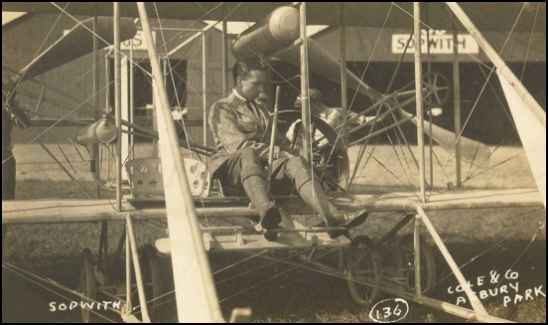 |
|
Another Cole Brothers Belmont Park Aviation Meet 1910 view of TOM Sopwith. He along with Earle Ovington and Paul Peck carried the mail at Garden City Long Island which is considered our first official air mail flight. Contributed by Jerry Blanchard, 7-30-10 |
|
|
|
This paragraph from the All Star Network website, introduces a short article on the Camel, manufactured by Sir Thomas O.M. Sopwith. It includes a link to a short biography of him on a related page. To access the website, click on the title above. |
|
by Brian D. Marlatt In his email to me, which is reproduced below, he corrects some of the statements which are found in the article and adds a number if interesting facts about other flyers of the Camel. |
|
via email from Brian D. Rogers, 1-16-04 Don MacLaren, with 54 victories, was the highest scoring Camel pilot, and Lt. Col. William Avery Bishop V.C. , D.S.O. and Bar, M.C., D.F.C. etc., generally agree to have achieved 72 air victories (there is some disagreement) was the highest scoring Canadian. Bishop flew Nieuport 17s and the SE 5a. (As an aside, I should note that Bishop and Manfred von Richtofen fought one engagement against one another - to a draw - and that a distant relative of mine, Lt. W. Porter, was shot down over Combles in France and killed by Richtofen on 24 March 1918. Porter was flying a SE 5a of 56 Squadron.) I suppose I should take some comfort in the fact that Lt. Col. Barker (who enlisted in the 1st Canadian Mounted Rifles in 1914 with the rank of private soldier) is mistakenly assigned various combinations of medals, including the DFC (first issued in June, 1918 as an air equivalent of the Military Cross), in a number of contemporary publications. The Ralph book, checked by the author against the list of medals gazetted, and medals in the War Museum are, I assume, definitive. |
|
SOPWITH by John H. Lienhard This is a transcription of a radio broadcast series and offers a fascinating story of Sopwith and the Sopwith Camel. You can read the whole story by clicking on the story above. You may want to read other stories in the series. |
|
|

 |